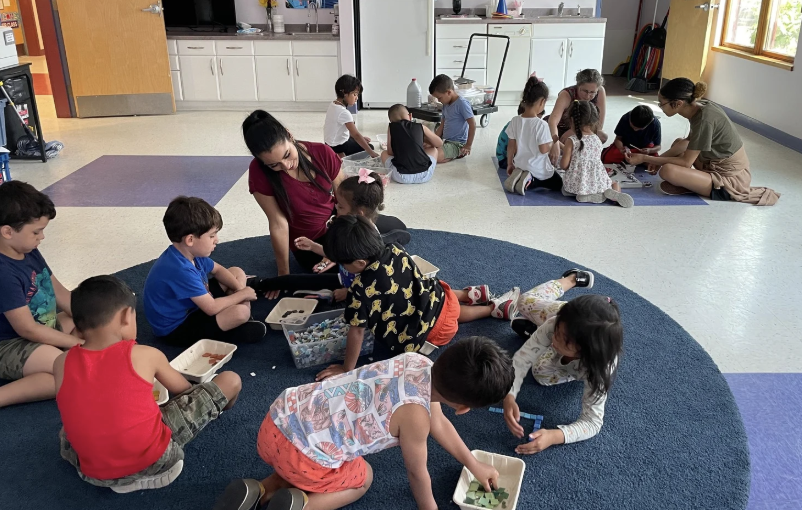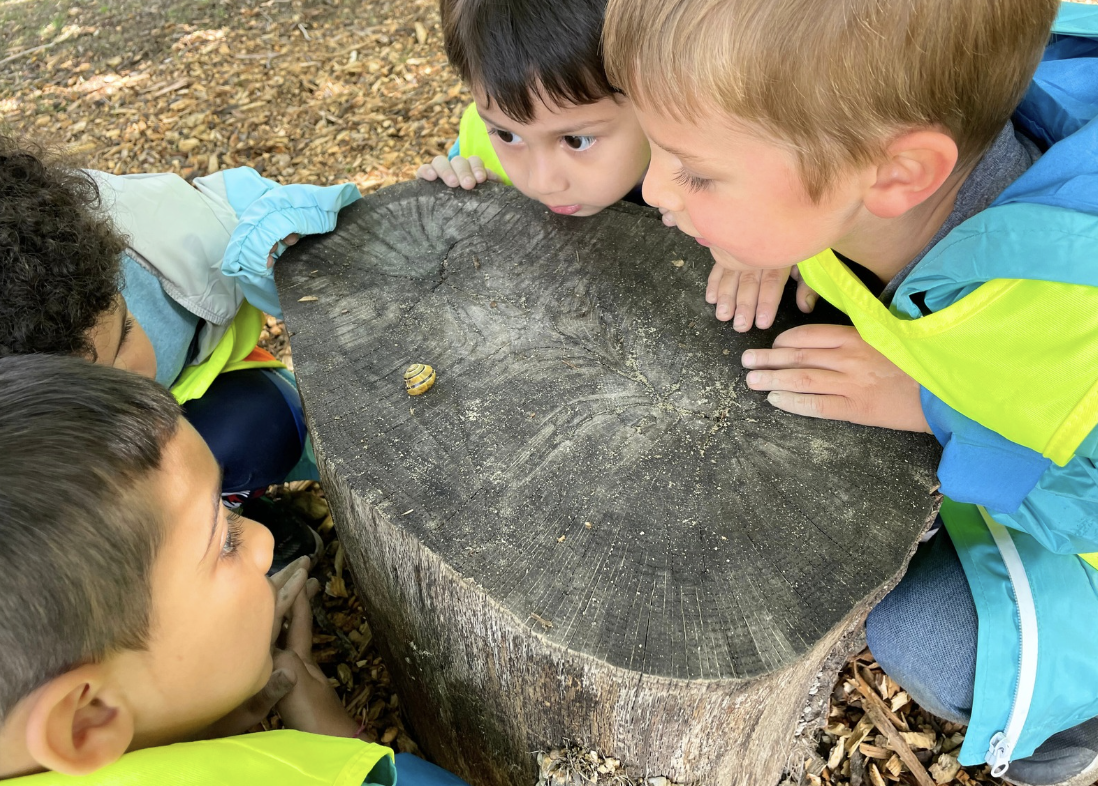2024 Head Start Annual Report
Financial
Public funds received: $10,355,818
Private funds received: $537,682
Total funds received: $10,893,500
Budgetary expenditures
Salaries: $4,817,590
Benefits and payroll taxes: $2,033,082
Operating expenses: $2,113,549
Client assistance and regional emergency assistance: $1,590,017
Total: $10,554,238
Program
Total number of children served: 208
Total number of families served: 199
Number of two-parent families - 151
Number of single-parent families - 48
Education
Advanced degree or baccalaureate degree - 78
Associate degree, vocational school, or some college - 35
High school graduate or GED - 39
Less than high school graduate - 47
Employment, Job Training, and School
At least one parent/guardian is employed, in job training, or in school at enrollment - 161
At least one parent/guardian is employed, in job training, or in school at end of enrollment - 165
Federal or Other Assistance
Number of families receiving services under the Special Supplemental Nutrition Program for Women, Infants, and Children (WIC) - 163
Number of families receiving services under the Supplemental Nutrition Assistance Program (SNAP), formerly referred to as Food Stamps - 77
Number of families receiving any cash benefits or other services under the Federal Temporary Assistance for Needy Families (TANF) Program - 9
Number of families receiving Supplemental Security Income (SSI) - 1
Services to Homeless Families
Number of families experiencing homelessness that were served during the enrollment year - 11
Number of children experiencing homelessness that were served during the enrollment year - 12
Number of families experiencing homelessness that acquired housing during the enrollment year - 7
Family Services
Emergency/crisis intervention (e.g. meeting immediate needs for food, clothing, or shelter) - 100
Housing assistance (e.g. subsidies, utilities, repairs) - 14
Asset building services (e.g. financial education, debt counseling) - 146
Mental health services - 149
Substance misuse prevention - 1
English as a Second Language (ESL) training - 48
Assistance in enrolling into an education or job training program - 25
Research-based parenting curriculum - 68
Involvement in discussing their child’s screening and assessment results and their child’s progress - 69
Supporting transitions between programs (i.e. EHS to HS, HS to kindergarten) - 194
Education on preventive medical and oral health - 79
Education on nutrition - 52
Education on postpartum care (e.g. breastfeeding support) - 3
Education on relationship/marriage - 24
Average monthly enrollment (as a percentage of funded enrollment): 96%
Percentage of eligible children served: 100%
Percentage of enrolled children that received medical exams: 92%
Percentage of enrolled children that received dental exams: 95%
Information about parent involvement activities:
ESOL - 2 levels, 2 times a year
Beginners 1 - 35
Beginners 2 - 14
STEP
English (fall) - 16
Spanish (spring) - 11
Nutrition Workshop Series (Cambridge/Somerville WIC): 54
Physical Activity & Screen Time Workshop (Cambridge/Somerville WIC): 26
Financial Literacy Class (Cambridge Savings Bank) - 14
Self-Care and Stress Management Workshop: 15
Pedestrian Safety Information, during 1st parent meetings - 103
Family Literacy (The Agenda for Children) - 79
Kindergarten registration information session (Parent Enrollment Center) - 26
Transition to kindergarten workshops - 26
The agency’s efforts to prepare children for kindergarten—By the spring students were either meeting or exceeding:
Social-emotional development: 56%
Physical health and development: 58%
Language goals: 47%
Cognition and general knowledge: 57%
Mathematics goals: 54%
Literacy goals: 55%
Other Information
Results of the most recent review by the Secretary (conducted June 5-9, 2023) were overwhelmingly positive, with only one finding relating to water testing for lead, which was immediately remedied. The program was found to use data-driven strategies to improve program design, staff retention, and family support, including addressing attendance challenges and housing instability, demonstrating strengths in areas such as bilingual education, family engagement, fiscal management, and addressing food insecurity.
The program's most recent community assessment was completed in July 2023. Data sources used include US Census statistical and demographic data and direct primary data from program participants. Relevant significant findings from this extensive update on community needs include:
The inadequate supply of affordable, suitable care for children was identified by statistical data and survey and focus group responses as one of three top needs in Somerville.
Poverty disproportionately impacts women, those under age eighteen, and nonwhite populations in the city.
While only 65% of three- and four-year olds are currently enrolled in preschool, total available capacity in the city as of April 2023 can only serve 40% of children under the age of five.
High cost, limited hours, and a declining birth rate are all additional local factors that have affected client need and connection to service.
The full report can be viewed at https://www.caasomerville.org/s/CAAS-2024-2026-Community-Assessment-Report.pdf.



